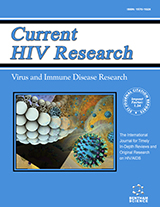Abstract
Bats belong to the second-largest order in a number of species diversity
within the Mammalia class, containing 21 families and more than 1300 species. It is
estimated that more than 200 viruses from 28 families have been isolated or detected in
37 different bat genera, many of them related to emerging infectious diseases with the
potential to cross species barriers and infect other animals. The group of coronaviruses
(CoV) is one of these viruses, which includes CoVs that can cause serious diseases in
humans and animals, such as severe acute respiratory syndrome (SARS), Middle East
respiratory syndrome (MERS), porcine epidemic diarrhea (PED), swine acute diarrheal
syndrome (SADS) and coronavirus disease 2019 (COVID-19). Some of the human and
animal coronaviruses appear to be originated from bats. With the advent of new
generation molecular techniques and increased surveillance of wild animal species,
many new coronaviruses have been identified. The coronaviruses belong to the
Nidovirales order and Coronaviridae family. The subfamily Coronavirinae is divided
into four genera, Alphacoronavirus (alphaCoV), Betacoronavirus (betaCoV),
Deltacoronavirus, and Gammacoronavirus. Since the first report of coronavirus in a
Miniopterus pusillus bat, the coronavirus occurrence in a bats population of different
regions in the world has been studied and, until now, both alphaCoV and betaCoV have
been detected. The aim of this study was to perform a literature review regarding the
detection of coronavirus (alphaCoV or betaCoV) in different bat species around the
world and their immune response against coronavirus. This review reinforces the
importance of these animals as hosts, reservoirs, or sources of viruses, including
emerging viruses.






















